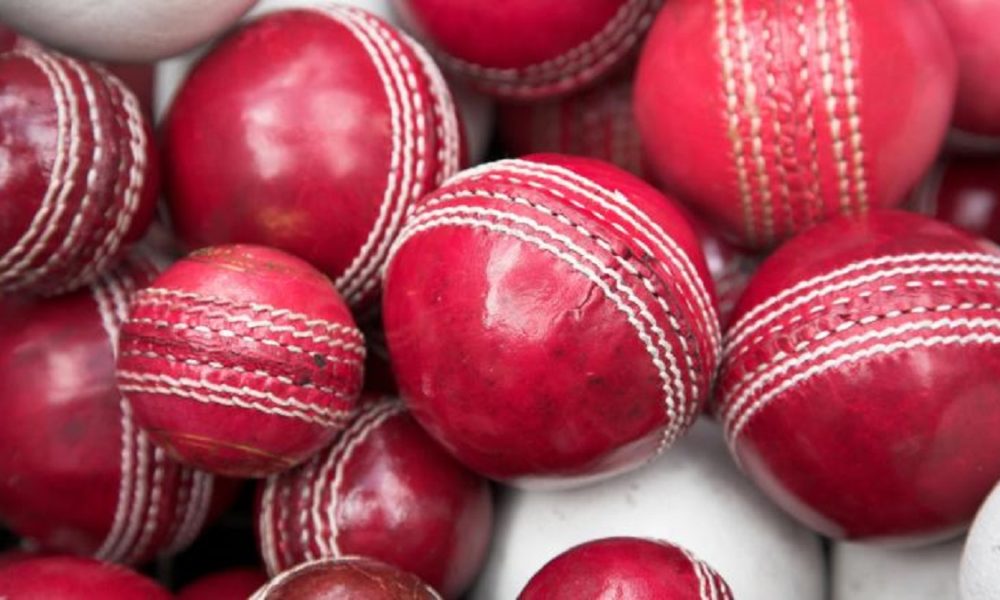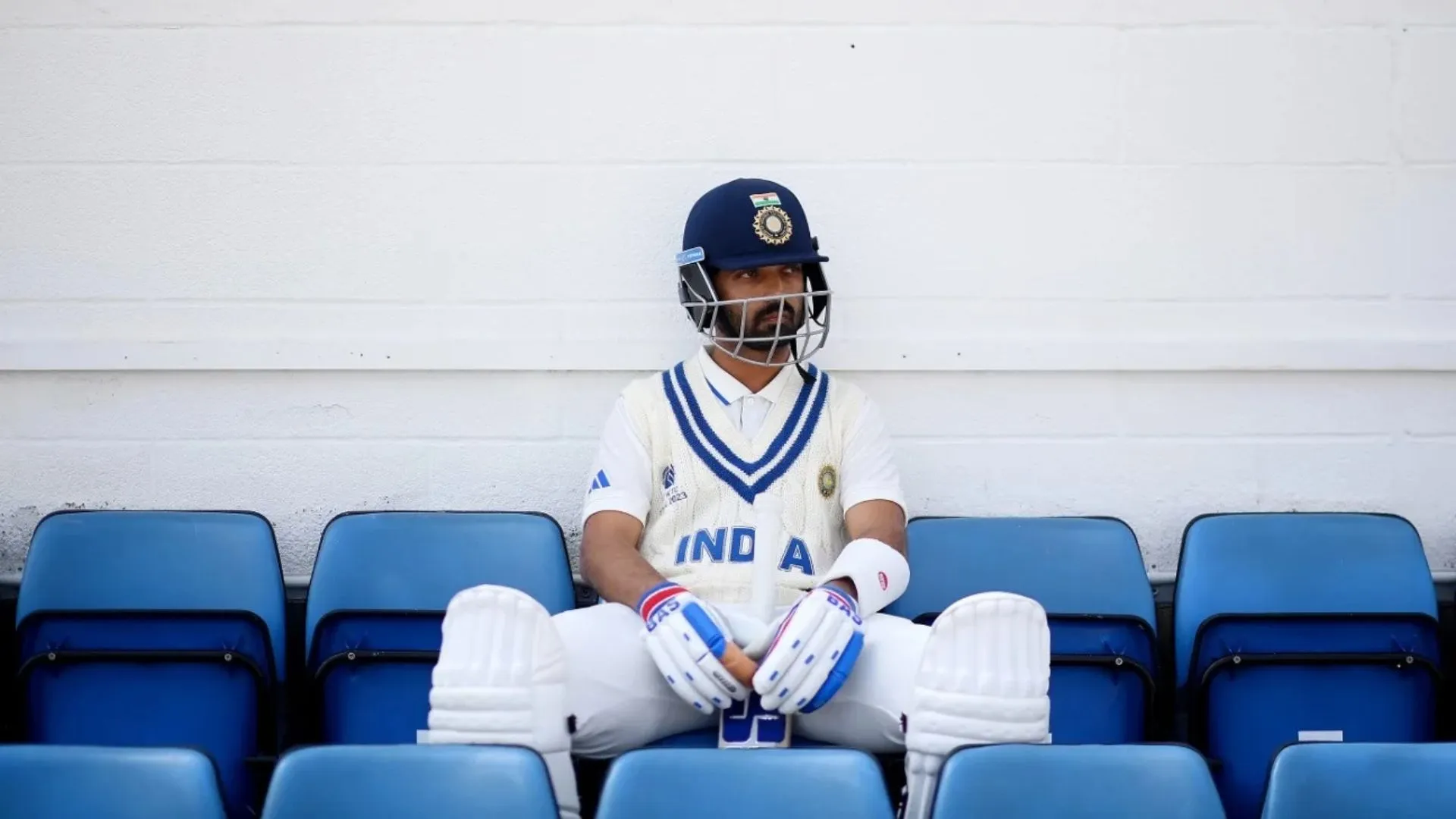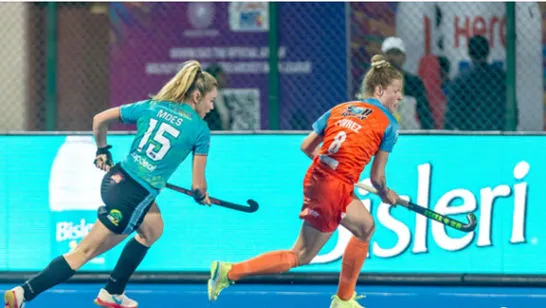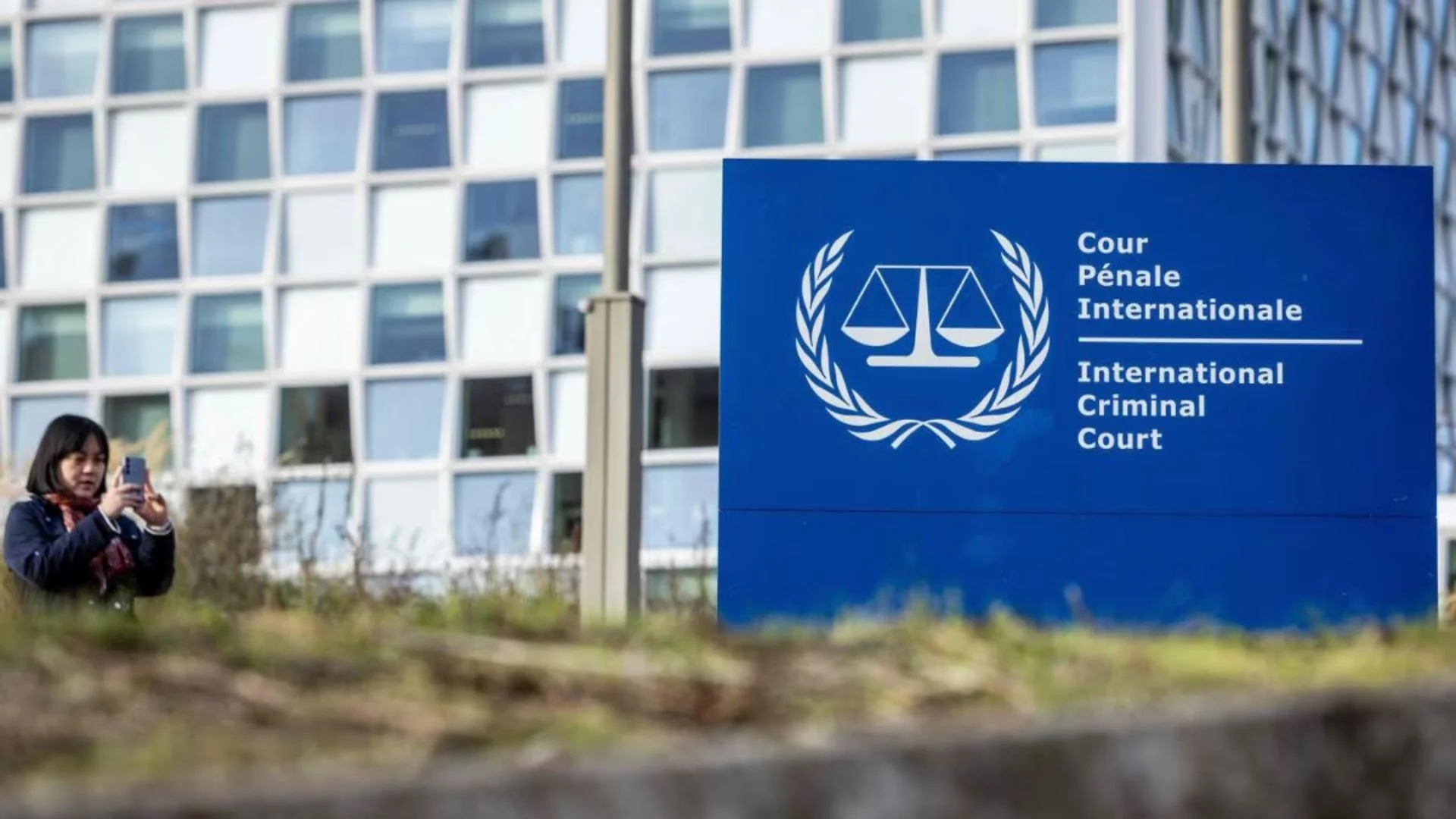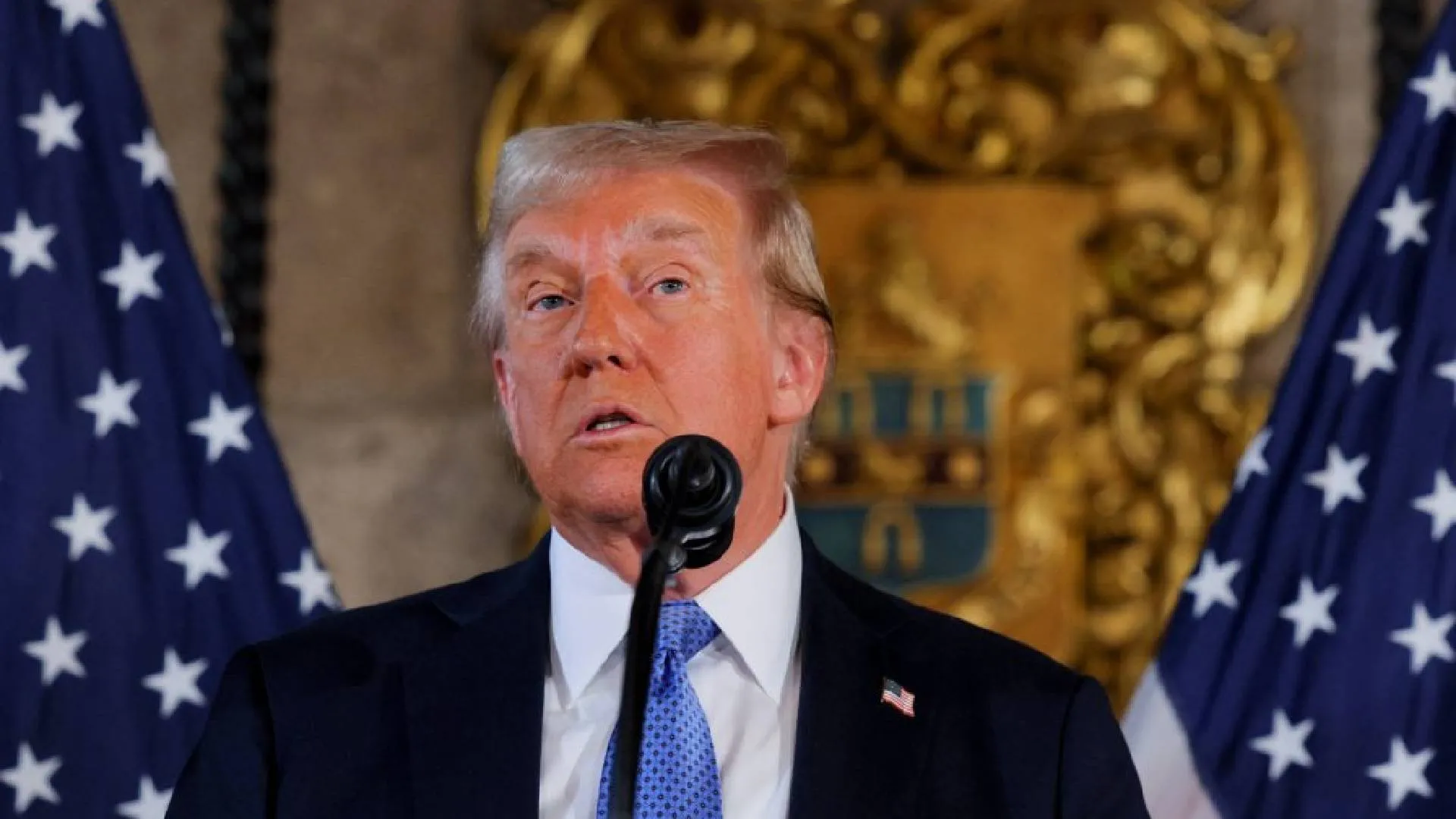Ball tampering represents the dark side of cricket. In normal times, players who have indulged in it have been vilified, banned and shunned. But these are not normal times. Now with the world in the throes of the Covid-19 virus, every aspect of life including cricket is affected. What was once considered to be the grossest of offences, may (if implemented correctly) result in safeguarding the health of cricketers and the future viability of the sport. There are reports in the media which suggest that the ICC is considering legalising ball tampering. While this may seem like a sudden move to some, this appears to be a very well thought of plan to save the game. It is a common practice for players to use sweat and saliva to polish one side of the ball, while leaving the other side scuffed up causing an imbalance in the air pattern around the ball, causing it to swing.
It is said that the Covid-19 virus spreads through respiratory droplets. Hence, it would be unsafe to continue the practice of using saliva as a means of shining the ball. Therefore, the ICC may have taken this into consideration when they thought of legalising ball tampering. But is it so simple? Are there any guidelines for the same? How, when and with what materials will the condition of the ball be altered? These are some of the questions to ponder over. Firstly, every major Test playing nation uses its own variety of cricket ball. For example, India uses the SG ball, England and the West Indies use the Dukes ball and the rest of the nations use the Kookaburra ball. Each ball has its own characteristics and hence, behave differently. So, it would probably be helpful if all nations agree to use one variety of ball so neither side has an unfair advantage. Second, the materials used to alter the condition of the ball should be standardised. Vaseline, hair gel or sugar from sweets have been used to shine the ball. However, it will be beneficial if the ICC comes out with standardised products to ensure uniformity and guarantee a level playing field. The materials used to alter the condition of the ball should be in the custody of the umpire.
Also, the quantity of materials to be used on the ball should be uniform and mentioned in the rule book. But most importantly, application of materials must be done on the field in the presence of the umpires and the same should be broadcast on the big screen in the stadium and to our homes. Lastly, it must be a short arrangement. We must understand and realise that we are resorting to legalised ball tampering to ensure that the game remains competitive and entertaining while taking the health of the players into consideration. Once the threat of Covid-19 dissipates, we must return to the way things were. To conclude, legalised ball tampering is akin to an open book exam conducted by an educational institution.
Usually in open book exams, students are not allowed to bring their own study material to the exam hall as standardised textbooks are provided by the institute. While legalising ball tampering may appear to be straightforward, it seems to have raised a few pertinent questions which need answering. Let’s hope and pray that the ICC, with the cooperation of the cricket boards around the world, comes up with mutually agreeable answers to the above questions in time for the resumption of live cricket.

